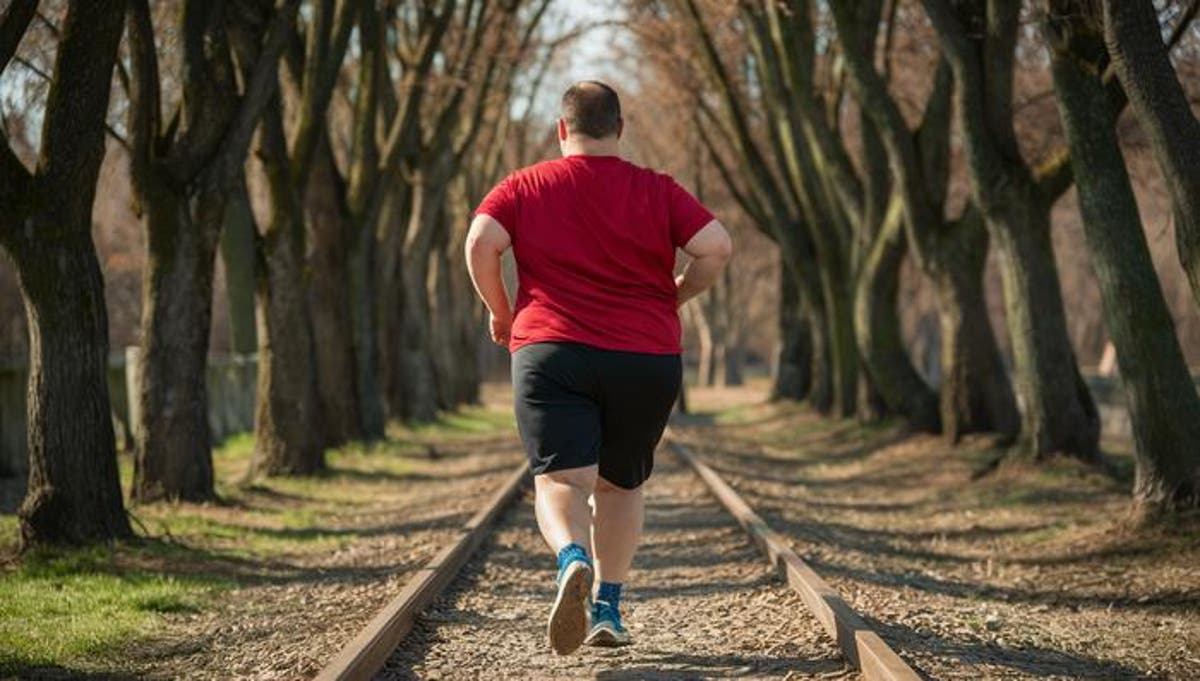The front foot elevated split squat exercise is an excellent choice if you’re trying to elevate your leg workout and test your lower body muscles in a novel and efficient way. Your quadriceps, hamstrings, glutes, and core are all worked out during this compound exercise, which will help you gain strength, stability, and muscular balance.
This exercise not only provides you the chance to build more muscles, but it also gives you the chance to strengthen your leg muscles. Furthermore, it may boost your confidence to take on other exercises like deadlifts.
Mastering the Front Foot Elevated Split Squat

Due to its utility in sports and rehabilitation settings, the underappreciated front foot elevated split squat is experiencing quite a popularity rise. This variation of squats can dramatically increase your lower body muscle, strength, and athleticism. Here’s how to perform it properly:
Step 1: Set up
- Gather the appropriate pieces of equipment before beginning the exercise–a bench, step, or box (around knee height), along with a set of dumbbells or a barbell.
- Give yourself adequate room in front of the equipment to comfortably do the activity. Stand back from the box, step, or bench.
- Put one foot forward and place the top of the foot on the elevated surface. Keep your back foot immobile.
- Maintain a split stance with your feet and maintain a forward-facing toe point.
- Keep your posture upright during the entire exercise.
- Maintain a high chest, relaxed shoulders, and a tight core.
Step 2: Execution
- By bending your front knee, try to bring your rear knee as near to the ground as possible.
- Keep your weight on your front heel, and keep your shin angle vertical (your front knee shouldn’t protrude past your toes).
- Maintain tension in your core and glutes at the same time.
- Feel the quad, glutes, and hamstrings in your front leg contract as you fall. The quads and hip flexors in your back leg are also worked during this exercise.
- Be careful to keep your muscles tight and under control during the motion.
- You should squat down until your back knee is practically on the ground or softly taps it.
- Aim for a wide range of motion without sacrificing stability or shape.
Step 3: Drive back
- Drive yourself back to the starting position by using your front foot and heel to push through.
- During the ascent, keep your balance and control by concentrating on using the muscles in your front leg.
- After completing the required number of repetitions on one side, swap your posture and carry out the front foot elevated split squat with the other leg in front.
Tips to Remember

Now that you know how to perform the front elevated split squat properly, here are some tips to keep in mind:
Start with your own weight: Before adding more resistance, start by practicing the exercise with just your own body weight to ensure good form and balance.
Gradually increase load: After becoming accustomed to the movement, gradually add dumbbells or a barbell to the front foot elevated split squat to make it more difficult. As you get stronger and more skilled, gradually increase the weight you are using at first.
Avoid bouncing: Maintain control across the whole range of motion by concentrating on control. To minimize injury risk and maximize muscle activation, avoid hurrying or bouncing when in the bottom position.
Include variations: To stimulate different muscles and provide diversity to your workouts, experiment with varied foot locations, such as a shorter or longer stride.
To build lower body strength, stability, and muscular balance, try the front foot elevated split squat exercise. You’ll be well on your way to mastering this exercise by adhering to the aforementioned detailed instructions and using the accompanying tips. To get the finest results, keep in mind that consistency and perfect form are essential.






















/cdn.vox-cdn.com/uploads/chorus_asset/file/24924653/236780_Google_AntiTrust_Trial_Custom_Art_CVirginia__0003_1.png)




/cdn.vox-cdn.com/uploads/chorus_asset/file/25672934/Metaphor_Key_Art_Horizontal.png)

